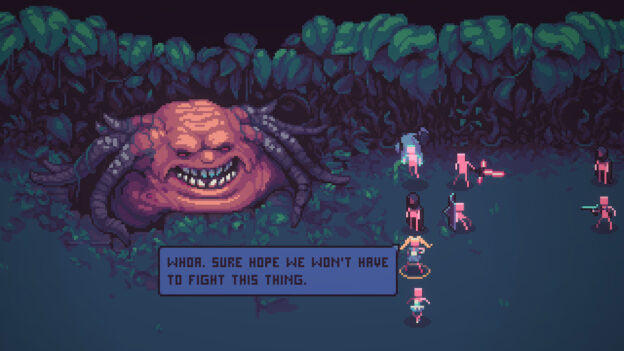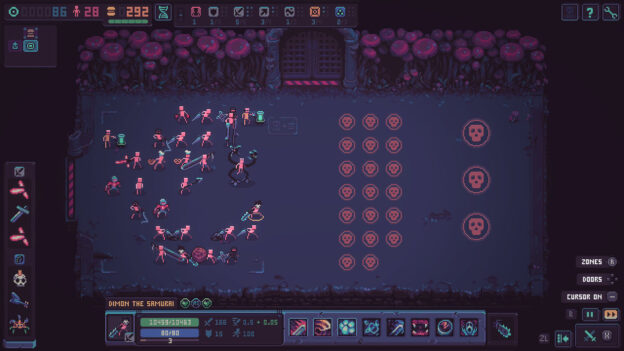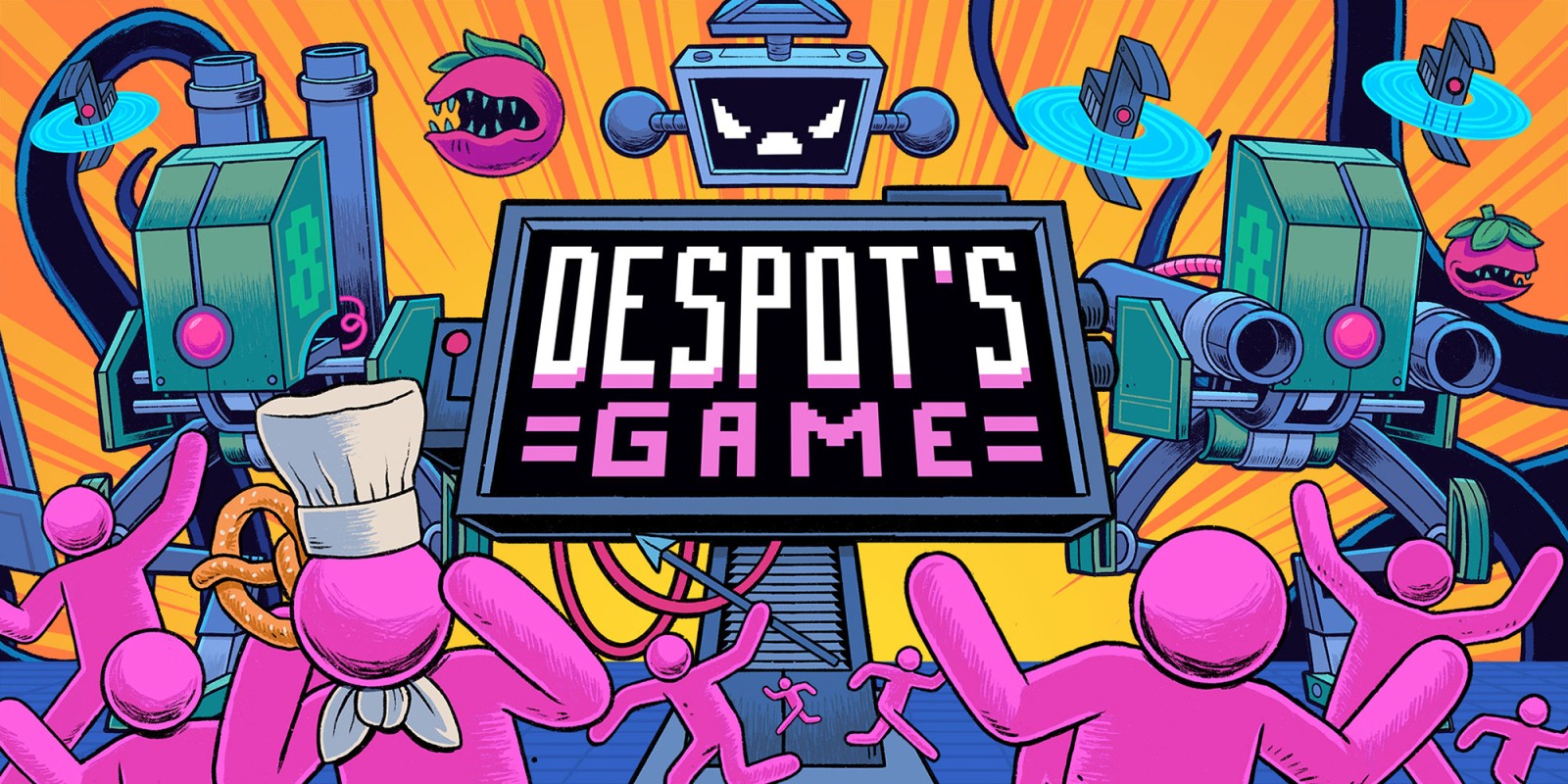Tyranny’s game is hard to define. It’s part action, part roguelike, and part strategy. It’s spooky, humorous, and very tricky. But do these factors add up to give you a better overall time?
The plot involves a despotic artificial intelligence unit pitting a human crew against his multitude of monsters in a dystopian “game” of a morbid kind. If you reach the end, you will win your freedom. Of course, this is difficult to achieve as death lurks around every corner.
You control a team of four humans. The Tyrant (that’s the name of the AI creature) explains the rules before happily sending you off. Your goal is to traverse a series of rooms in some sort of sewer system, encountering and defeating enemies along the way.
Entering each room gives you the chance to move your character into place and make other adjustments before the battle begins. While this adds strategy to the proceedings, it doesn’t make much sense to move employees around. When a battle begins, humans run the front lines against the enemy anyway. Humans with long-range weapons stay a little further away, while melee attackers break in like little heroes.
And they are small, occupying only a fraction of the screen. They actually have a very strange appearance, resembling insect-like creatures rather than humans. Also, you can’t control your team once the battle begins. Basically, you sit and watch the humans automatically fight. Finish quickly and move on. This creates a game that is very simple and easy to pick up and play. Winning won’t be easy, mind you.

Enemies are usually in the form of large robotic creatures. Some die very quickly, especially at the beginning of the run, but it doesn’t take long for small groups to become overwhelmed. Upgrading can help here.
Along the way, you’ll randomly encounter ways to help your team survive each run. For example, you can purchase weapons to increase your attack power, or food to maintain your crew’s energy levels. Then there are mutations. These act like bonuses that affect one or all of her humans in the group, from additional healing effects to delaying enemy attacks. These basically improve your stats and increase your chances of survival.

Another important survival factor is the food meter. It turns out that humans need food to survive, and that moving from room to room consumes part of the food. Too many humans quickly run out of food, creating less-skilled fighters who attack haphazardly and are more likely to be defeated. I mean, don’t do what I did, buy 20 humans as soon as you get the chance. It won’t last long.
Graphically, Despot’s Game has decent pixel-based graphics that work well. The dark colors can be a little depressing at times, but larger enemy sprites and fast-paced combat keep things moving quickly. The interface has some weird and unintuitive button selections, so it can take a little tinkering. A handy tutorial explains things in detail, but it also has a habit of randomly popping up every time you run it, which is helpful if you forget it, but annoying if you haven’t. It also means that the controls are hard to master as you need regular reminders for these.
Overall, Despot’s Game is an unusual mix of genres that adds something fresh to the scene. It’s fast-paced, short-lived, and has upgrades to keep it interesting. Randomized runs aren’t for everyone, but they’re fun while they last long, despite the lackluster control scheme.

